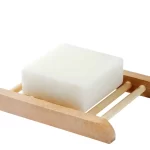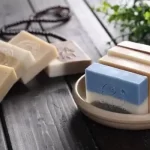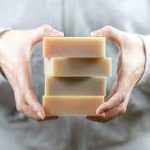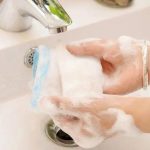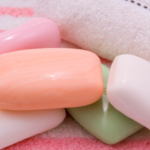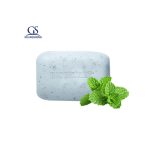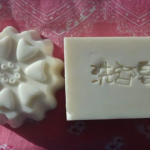When was soap invented?
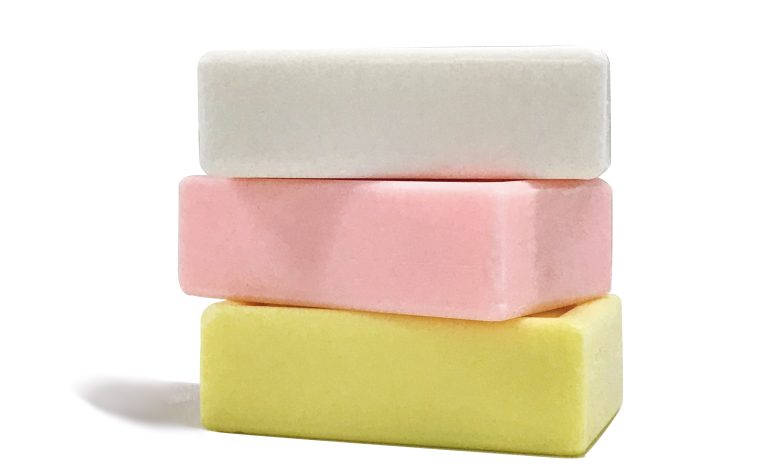
In the colonial days of the United States (and Britain), soap was made from potassium salts. From the birth of the first soap to the first half of the 19th century, only soaps based on potassium salts (potassium, potassium carbonate) existed.
In ancient Egypt, it was rumored that sodium carbonate was used as an alkali material necessary for soap making, and the same method was used in Spain in the 8th century. In various coastal areas, alkali is obtained by burning seagrass. However, most soaps are still made with potassium salts. Potash, a base obtained from plants and wood, was used in soaps from monarchs to small tenant farmers using animal fats and wood ash to make soaps. However, people do not understand why soaps that wash dirt can be made from alkalis and oils, and they just learn how to make soaps through repeated mistakes.
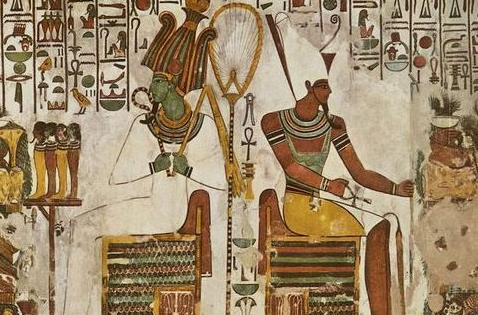
original soap
Who actually discovered soap? We don’t know, but it may have existed in prehistoric times. People who used campfires to cook meat discovered a mysterious substance (soap) on the ground where ashes (alkali) from the campfire after a storm (water) and animal fats (oils) obtained from cooking were found… Not only the pot, but also the hands were washed very cleanly.
The earliest recorded history of the practice of soap, recorded in cuneiform on clay tablets by the Mesopotamians in 3000 BC, was passed on the technique to the Phoenicians in 600 BC. In this era, soap was used to wash wool and cotton fibers.
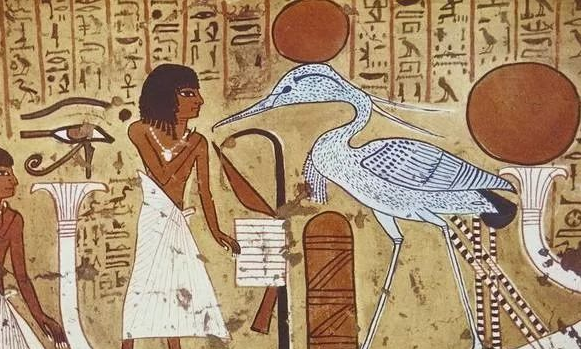
Ancient Roman Empire and Celtic Civilization
The earliest recorded soap-making was found in ancient Roman history. Soaps at the time were made from goat fat and wood ashes, and solid soaps were made from salt. A historian at the time recorded and preserved it. Pompeii, which was submerged after the volcanic eruption (the ancient capital of Italy, the volcano erupted in 79 BC and the whole city was submerged), confirmed the remains of a soap factory. Through the experience of the public bathrooms of the ancient Romans at that time, I learned that soap was not used to wash the body at that time. In Greece and Rome, olive oil and sand were used to wipe the body, and the dirt and oil were dropped through a prop. Moisturize with an herbal ointment after the body’s dirt has fallen off. At that time, people thought that bathing was good for the body, and they enjoyed the medicinal bath. The Egyptian queen Cleopatra, famous for her beauty to overwhelm the two leaders of Rome, is rumored to be the source of her beauty is that she bathed in mare’s milk. In the early days after the park, soap was used to treat internal diseases. In the 2nd century, physician Carlin recommended that patients put soap in the bathtub to bathe so that it would be good for certain skin types. In the late Roman era, the habit of using soap to wash the body gradually developed. Although the use of soap developed, because there was no such media publicity before, when soap was popular in urban public baths in the 3rd century, people in small villages still Bathing with olive oil and sand.
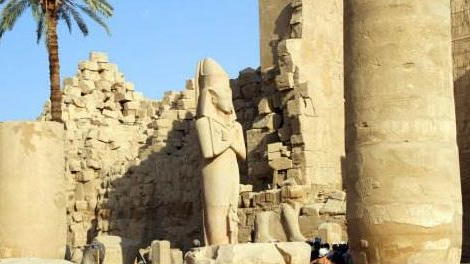
There is a very interesting legend about the origin of the method of making soap: it is said that soap was invented by women who washed clothes in a mountain river called Sapo in Rome. These women found that when they did their laundry at a certain time and in a certain place, they came out cleaner than usual. And this is because, at the place where the sacrifice was burned in the temple on the hill, the wood ash and the animal fat used as the sacrifice flowed into the river together with the rainwater, forming a liquid soap, which was convenient for women to do laundry. So the origin of the name of soap SOAP is derived from the name of this hill SAPO. …However, although this legend emphasizes that the method of making soap was invented by the Romans, it was actually the Celts who first discovered it. It may have been fabricated by the Romans who wanted to fight against the Celts with deep roots. A rumor. The original source of “SOAP” is the ancient Latin “SAPO” used by the Celts, which means “hair dye made from a mixture of tallow and ash”.
European Dark Ages
In the dark ages following the collapse of the Roman Empire in Western Europe, soap making and its use all but died out. The remnants of the Roman Empire in the eastern Mediterranean region, the Byzantine Empire (ancient Roman city), and the Arab Empire still retain soap-making technology. In the 8th century, Italy and Spain revived soap-making technology. Until the 13th century, France also began to sell soap in the European market, and in the 14th century, soap-making spread to England. The soaps of Marseille and Castile (an ancient kingdom in northern Spain) in Italy, Spain, and France in southern Europe are all made from olive oil. These olive oils were very difficult to obtain (at that time there was only virgin juice oil, and there was no chemical extraction of pomace olive oil), and the soaps using these olive oils were of higher quality than those made in England and northern France, which were made with animal fats. high. Tallow, obtained from cattle, was the main oil at the time, and soap makers in northern Europe also used fish oil. Soaps made from animal fats are better for cleaning textiles but less suitable for bathing. In contrast, olive oil from southern Europe was outstanding, and as a result, soap exports from southern Europe became active.
While there are rumors that people in the Dark Ages didn’t shower, that’s just a misunderstanding. At that time there were public baths with large tubs and soap, and nobles and wealthy merchants had their own baths. Bathing began to become less popular in the late Middle Ages. At the time, public baths had to be closed entirely, considering that one-third of the people died from the infectious disease spread by them. The people of the Renaissance started to stop keeping their bodies clean and like to put strong perfumes on their bodies. Soap is kept as a washing item only. Although some people use soap as a body wash, the frequency of use is quite low compared to today. Although not very popular, soap has always been a very precious product in the 17th and 18th centuries and was inherited by North and South America through land reclamation and immigration. Although the whole body bathing is a very old idea, how to keep oneself clean is very important to everyone.
Colonial America and the Development of Soap in America
The pioneers who first immigrated to the United States wanted to make soap in the United States and shipped large quantities of soap-making materials from Europe. The Massachusetts (state name) company was known as Talbot’s Ship, which carried people’s supplies from Europe to the colonies (now Salon and Boston), but the ship capsized because it was loaded with soap. Massachusetts company leader John Winthrop (John Winthrop) sent a letter from Boston to his wife in Europe in 1630, asking her to list items on her voyage to the United States, one of which read “soap”. After the pioneer settlers began to settle in the United States, they worked hard to get out of poverty in the first few years. The rich wood and wood ashes of the settlements, and the oils and fats obtained from the edible animals, prepared the necessary materials for soap making. As a result, not only do you not have to wait for the slow shipment of soap from Europe, but you also save money on buying soap. Afterward, the method of making soap was made public by the early settlers over a period of time. Since the season for obtaining animal fats and oils is autumn, tallow and lard can be obtained in large quantities in that period. In the seasons without animal fats and oils, the farms use the ashes obtained by burning and the waste oil after cooking to make soap in spring and winter. Save up to use.
The extraction method of alkali at that time
How did the ancients obtain the alkali that is indispensable for soap making from the ashes of wood and the like? Place a bottomless bucket on top of a slab of stone with a gutter and put wood ash in the bucket. Place slabs of stone on top of many stacked stones. In order to prevent the ashes of the wood from getting into the liquid potassium made, place a layer of straw, etc. in the barrel before the wood enters. Slowly pour water on top of the ash until a brownish liquid seeps from under the bucket. These liquids will then flow into the grooves of the stone slabs, and the liquid flowing down through the water injection port will form potassium hydroxide suitable for soap making.
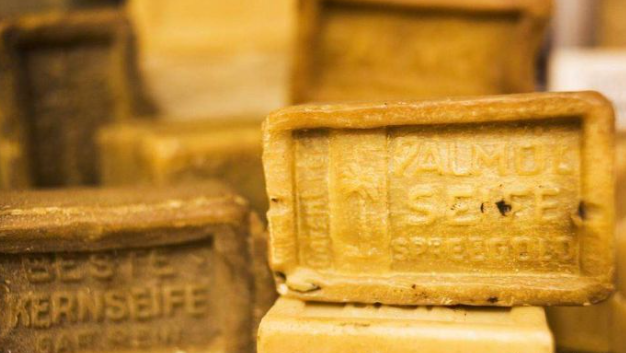
Not only was this method used by immigrants, but some people used a funnel-shaped container called a hopper to ingest potassium hydroxide from wood ash. The hopper is kept in the hut to prevent rainwater from entering the ash. To keep the potassium hydroxide extracted, ash was added periodically, and water was injected from time to time. Potassium hydroxide is kept in a container placed under the hopper.
oil refining
Grease is an indispensable material for soap making. At that time in the United States, only tallows obtained from cattle and lard obtained from pigs could be used as oil for soap making. In order to obtain animal fats and oils for soap making, the refining of fats and oils is very important. When refining, the excess things in the oil should be removed. In modern times, unrefined tallow and lards obtained from butchers can be refined into clean oil suitable for soap making. There are many people who perform oil refining in the kitchen. (The extraction method will be translated later). At that time, soap was made from waste oil that was obtained little by little during cooking, but these waste oils had to be refined. In the era of no refrigerator, because it is waste oil accumulated for a long time, it is basically oxidized when it is used. Although waste oil with an oxidative odor can be deodorized by refining, this soap is not popular even if it is made to have good cleaning power.
soap making
Potassium hydroxide and grease are available, and the soap-making project can finally be started. Put potassium hydroxide and grease in a large pot and bring it to a boil outside over a campfire. When the texture slowly hardens and starts to foam through prolonged boiling, remove from heat when there is no tingling sensation when tested with your tongue. This process can take 6-8 hours depending on the amount of texture and the strength of the potassium hydroxide.
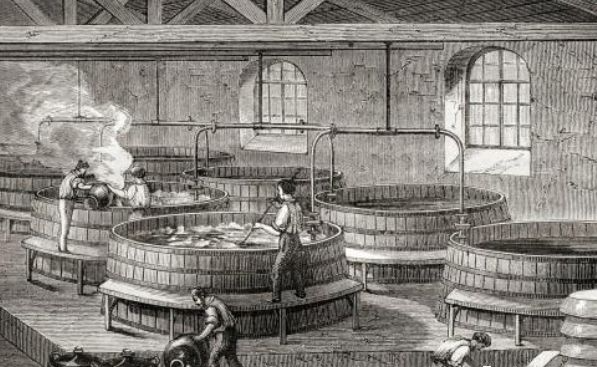
Liquid Soap vs Solid Soap
Soap made from the wood ash is not solid, but gelatinous. Soaps made in the above method will turn into a tan gel the next day, feel wet to the touch, add water to use, and your hands will be washed clean (this is exactly the liquid soap made with potassium). This soap is stored in wooden barrels and can be taken out for immediate use as needed. To make solid soap with potassium hydroxide, add salt at the last moment after the oil and potassium hydroxide have boiled, and the soap solidifies on the surface of the pot. But at that time salt was expensive and hard to come by, so it was generally not used in solid soaps. At that time, the use of salt as bait for livestock or for food preservation was more important, and because liquid soap had the same cleaning power as solid soap, the settlers initially thought that solid soap was unnecessary. However, solid soaps are easier to carry and transport when sold in cities, so solid soaps made from salt are gaining popularity. At that time, essential oils obtained from lavender, verbena, and various herbs were used in soap-making technology, and cosmetic soaps became popular in cities. The solid soap is made of wooden molds. It is not sold into small pieces but sold in large pieces, and then bought and cut into small pieces for use. The soap is sold in units of about 450g. The sale of soap nuggets began in the mid-19th century. In addition, soap making was a very difficult job on the farm at the time, and it was generally done by women.
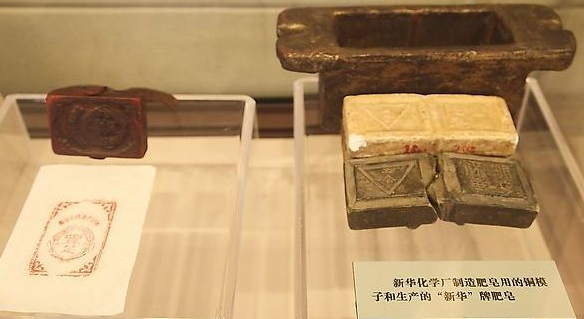
Difficulty making soap
At that time, it was very difficult to measure the strength of sodium hydroxide. When potatoes and eggs were put into the potassium hydroxide liquid, they would float to varying degrees. In order to make soap, there must be an appropriate method to measure potassium hydroxide. Strength of. Many people think that if the potato floats about 2.4CM from the potassium hydroxide liquid surface, it is the most appropriate strength.
Since the soap makers at that time lacked knowledge of chemistry such as the “saponification method”, there were many superstitions related to soap making. For example, legends such as “make good soap according to the ebb and flow of the tide and the phase of the moon”. The trick for Eastern Pennsylvanians (descendants of 17th- and 18th-century settlers who moved to Pennsylvania from southern Germany or Switzerland) is to “stir soap with only a sassafras stick, and always in the same direction,” the instruction manual says. (Laughs, these legends are actually quite interesting.) In the late colonial era, soap merchants began to do business in cities, and people who were interested in soap began to make high-quality soap at home. Since soap making was still very difficult at that time, there was much folklore related to soap making. From the 1799 diary entry of Elizabeth Ranch Norton, the niece of former US President John Adams, about the excitement and anger of soap making, you can see how difficult soap making was at that time. She had to do a lot of work before making soap for her family.
export of potassium
In colonial America, soap making and potassium extraction were deeply related. Refined potassium is not only used to make soap, but also to make glass. Refined potassium carbonate was one of the few products that the American colonies exported to Britain at that time and could be exchanged for money, and it was a very important export product. The export income of other products was mainly taken by the British colonies in the West Indies.
At the end of the 18th century, with the tendency to move to the west coast, the city continued to expand, the supply of wood was insufficient, and the production of potash had been declining. But even so, potassium remained an important industry on the U.S. frontier until the end of the 19th century. Potassium carbonate remains a major US export. And when Lubran’s method enabled the simple extraction of caustic soda from brine, the importance of refining potassium in the United States gradually diminished and eventually disappeared.
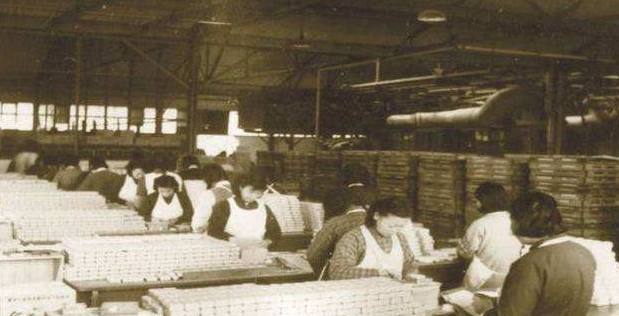
soap revolution
In 1790, Nicola Lubran of France discovered how to use seawater salt to extract sodium carbonate. In 1890, the electrolytic sodium salt method of electrolyzing saltwater into sodium salt (also used today) was industrialized in Germany. The acquisition of caustic soda created a huge revolution in the soap industry. When caustic soda is used in the soap-making industry, it is possible to make solid soap without deliberately using salt which will change the quality of the soap. Not only that, but some of the previously difficult tasks were omitted – logging and burning, evaporating water with wood ash, and burning the excess.
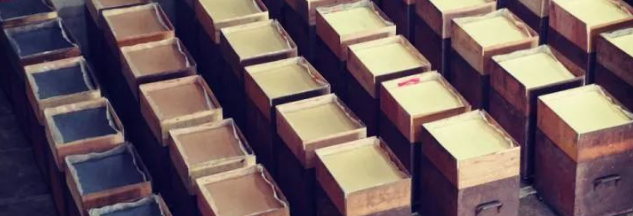
Caustic soda replaced potassium as the alkali used in soap making. Soap making became simpler. More people began to make cosmetic soap, which is no longer something that the aristocrats and rich people can afford. The popularity of bathing has also begun to revive. 19 Consumption of soap rose sharply in the century, and just like in the Victorian era, soap was brought close by people.
Copyright 2020, Hebei Guansheng Technology Co.Ltd All Rights Reserved
 Hebei Guangsheng Technology Co.Ltd
Hebei Guangsheng Technology Co.Ltd
 Hebei Guangsheng Technology Co.Ltd
Hebei Guangsheng Technology Co.Ltd